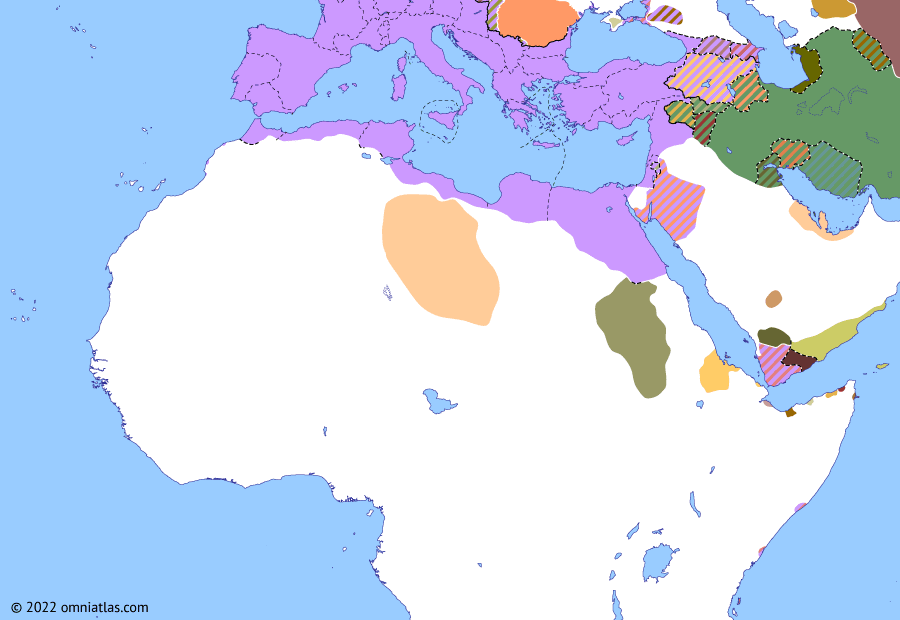Northern Africa 100: Empire of Aksum
Empire of Aksum
20AD Tacfarinas War
44AD Roman Mauretania
May 68AD Macer’s Rebellion
20 Dec 69AD Year of Four Emperors
spr 70AD Garamantian War
c.85AD Revolt of the Nasamones
c. 100 Empire of Aksum
c. 110 Trajan’s Red Sea expansion
Sep 116 Kitos War
171 Mauri raids on Spain
19 Apr 193 Year of Five Emperors
Dec 202 Severus’ African War
c. 210 Rise of Gadarat
c. 225 Gadarat’s Zenith
Traditionally Jewish since the time of King Solomon and the Queen of Sheba, the East African state of Aksum emerged as an empire in c.100 AD under the negus Za Haqala. Obscure for much of the second century, Aksum would expand in the third century to gain recognition as one of the great empires of the ancient world.
